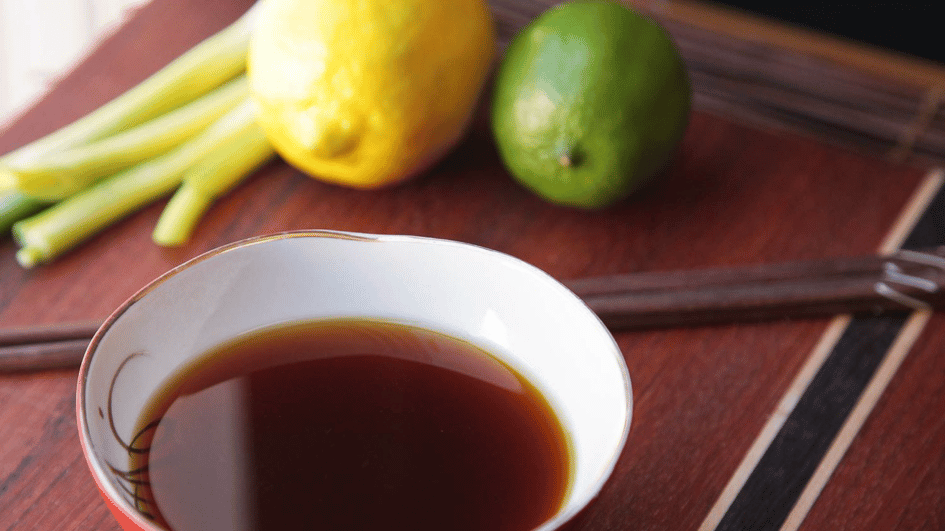Long-term food trends tell a different story
Ebru Erke

It is a tradition to write about the expected trends of a year in the first week. I should state right away that I am not at all interested in viral trends, which I cannot make sense of and whose poor taste I cannot even imagine. Rather, I go through national media and economic statistics and pay attention to what heavyweights in different areas of the industry have to say.
There are also global research companies that conduct professional studies on this subject. Of course, the majority of these are also excellent sources.
We need to look at trends from different perspectives. For instance, we need to distinguish between local and global because foreign sources and research companies mostly base their opinions on the U.S. and the U.K. Because of Türkiye’s vastly varied eating habits, it is thus not very practical for Turkish people. Additionally, I believe a distinction should be made there, between long-term and short-term trends. As you know, no lasting trend emerges in an instant. It says "I am coming" with slow but firm steps.
Several factors propel change. This is due to the emotional nature of eating. Aside from the ethical and ecological values of consumers, changes in their daily needs also manifest themselves in food. Eating habits are evolving along with lifestyle changes, and the food sector is impacted by these continuous reactions. This is where trends become mainstream over time. I share the viewpoint of Australian nutritional scientist Hanni Rützler: "A food trend must therefore always offer potential solutions. If it does not do so, it will only be a short-term phenomenon." In the end, social approval is a critical factor.
This time, I want to categorize the trends into two groups; The long-term ones that will be mainstream, that is, the ones that tell about what we will eat in the coming years and the ingredient trends.
Long-term trends
Plant-based food: The popularity of vegan, vegetarian and recently, flexitarian diets is growing. The flexitarian diet is a flexible plant-based one that includes limited animal protein. While we were previously discussing ethical values about these diets, we are now talking about ecological aspects. The rising awareness about climate and environment, particularly among young people, raises our hopes for the future. This is well demonstrated by the 2400 liters of water that are required to produce a 150-gram hamburger patty. Consumption of plant-based meat and fish substitutes will continue to increase in the coming years.
Increase in spices: With less meat appearing on menus, more and more dishes are relying on spices to enhance the flavor. Even vegan restaurants in Western countries that do not traditionally have spices in their cuisine have noticed that vegetables mixed with inventive spice blends have produced remarkable outcomes. Famous chefs have dramatically reduced animal protein in their menus. We are also seeing more and more instances in our country that elevate veggies and legumes with a combination of kokoreç spices.
Non-alcoholic drink pairings: For reasons related to diet, pregnancy, driving, religion, or, more recently, health. Those who do not want to drink alcohol no longer need to settle for acidic or sugary drinks. Especially in fine-dining restaurants. Even without the dominant taste of alcohol, more aromatic dialogues can be developed with the harmony of complementary flavors and textures between food and drink. When creating drink pairings, a variety of procedures are employed, including distillation, brewing, infusion, extraction, and fermentation. This is still very new in our fine dining restaurants. I hope we will see exciting examples in the coming days.
Carbon footprint: "Local is better than organic" was one of the most striking mottos of the recent past. The finding of carbon footprints on some food labels in Northern European countries has been a milestone in this regard. It seems that sensitivity on this issue will increase and the regionalization of food, which has been on the rise as a result of the pandemic, will spread further. And in fact, this trend is more concerned with how we make food than with what ends up on our plates.
-Circular food: We may have been hearing about measures against food waste a lot in the last decade. But food waste is still too high. It is better understood that preventing food waste will not only happen through consumer awareness. Restaurants, supermarkets and even local administrations will need to develop more sustainable concepts for recycling food. Reducing waste and composting will no longer be enough. It will be common practice to process components such as shells, seeds and kernels and return them to the biological cycle.
Solutions for water consumption: As we strengthen the food cycle, solutions for the economical use of water will also increase. Dry farming will become more popular. Sea and even pond water filtration systems will develop.
Clean caffeine options: As low- or zero-caffeine beverage alternatives continue to increase, we will be surprised by the drinks that are offered to us. Like mushroom tea, which has just made its way into American supermarkets. Cold brew teas, barley coffee, mushroom tea, and coffee are all examples of prebiotic beverages that will see a rise in both production and consumption.
Ingredients we will see and hear more of
Mushrooms: Mushrooms, which have been trendy for a while, are now taking on new forms and are quickly rising in popularity as a meat alternative due to their texture. This aside, mushroom coffee is one of the newest ways to use mushrooms in the kitchen. Although not yet proven, it is claimed to reduce stress, strengthen immunity and support heart health.
Mucilage: We may have heard this word because of the sea pollution in the Bosphorus, but actually, mucilage has a special place in the gastronomy of cocoa-producing countries. Mucilage, which is considered waste rather than an industrial product, is the white sticky liquid that surrounds the beans inside the fresh cocoa fruit. This liquid, which has a fruity taste, is now used by major chocolate producers for flavoring and has become one of the best examples of circular food.
Sesame butter: It may not be very interesting for us, but it is now being used more and more to add flavor and consistency to salad dressings and gluten-free pastries, which are seen as a good source of protein.
Peach: It looks like we will be seeing more of this humble fruit, which has ensured its popularity with Pantone's color of 2024 being peach fuzz, in everything from cocktails to desserts this year.
Flowers: Chefs are becoming more interested in flowers such as elderflower, violet and even fruit flowers after color-giving flowers and herbs such as hibiscus and blue pea. It seems that we will no longer only talk about the visual beauty or taste, but also about the healing aspects of flowers.
Sake: The rice alcoholic beverage of the Japanese, which has started to appeal to taste buds of different people with alternative Kraft productions to the traditional, is also on the rise. As more and more sake bars pop up around the U.S., The New York Times recently announced that "Sake is booming in America."
White chocolate: Experts estimate that the market of white chocolate, which is not considered "real chocolate" especially by dark chocolate lovers, will expand to $9 billion by 2027, achieving a compound annual growth rate of over 5 percent. According to Google Trends, white chocolate matcha cookies are among the most searched for in Europe. They can also be used as a plant-based coffee creamer.
Ponzu: The Japanese sauce ponzu, made with a mixture of seaweed, rice vinegar, soy sauce, dashi (fish stock) and citrus juice, has set its eye on soy sauce with the more complex feel it adds to dishes.
Different citrus fruits: The yuzu that once seemed so authentic is now familiar even to us, a citrus country. Now there are interesting citrus fruits like Buddha's hand. Osman Sezener was the first to plant and use it.
Black garlic: This product, which no one was aware of five years ago, is being increasingly consumed since the start of mass production in Kastamonu. Nowadays, even the local burger shops have black garlic in their sauce. Its usage will continue to increase.















